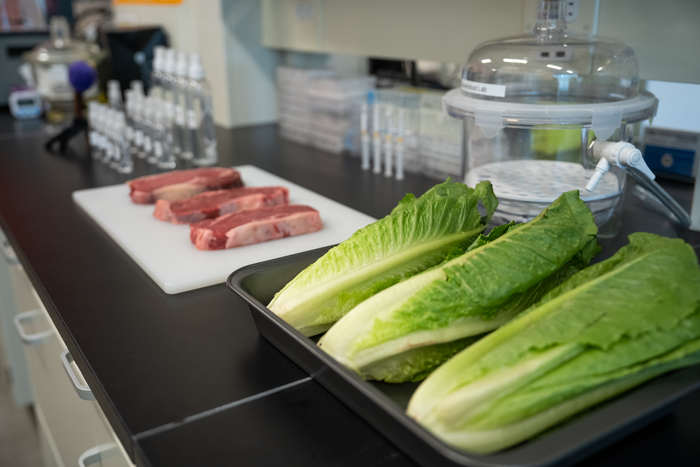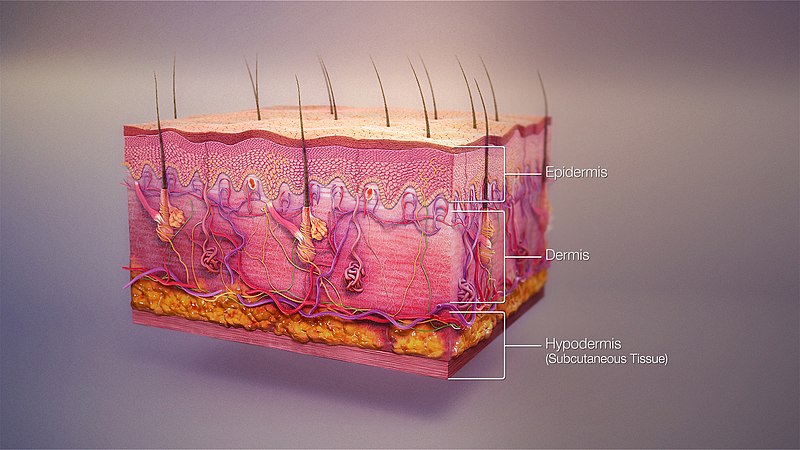As years go by, vehicles are becoming smarter and safer than ever before. With technology advancing, newer vehicles decrease the chance of collisions and protect occupants if collisions occur. Some cars have inbuilt technology to steer, brake, and even (to a certain extent) drive.
Luckily, cars are constantly evolving to meet newer and stricter car accident prevention standards. The aim is to keep drivers, passengers, and pedestrians safer on roads throughout the world.
Here are 6 innovative car accident prevention technologies that can lower your chances of collisions or prove your innocence in an accident.
1. Event Data Recorder
Though it might not necessarily prevent an accident, the Event Data Recorder (EDR) can prove your innocence if you were in a car accident. Sibley Dolman Gipe Accident Injury Lawyers, PA, a Florida car accident injury law firm, says that if you are driving a car made in the last five years, your car probably has an Event Data Recorder (EDR) in it. Although these recorders do not record audio or video footage inside or outside the motor vehicle, they do record certain information before and after a motor vehicle collision.
This information may include:
- Car speed patterns before and after the collision
- Braking patterns before and after the collision
If you were in a car accident and would like to learn more about the EDR and how the data can help you in a case, visit DolmanLaw.com or contact them for a free case evaluation.
2. Cross-Traffic alerts
Cross-traffic alerts are systems across the front and rear of the vehicle that alert the driver of approaching vehicles. These systems are great for driving through intersections, as they will warn you if another vehicle approaches you from the side.
3. Autonomous Emergency Braking
Most vehicles since the mid-1980s use Anti-lock Braking Systems, also known as ABS. ABS allows you to steer the vehicle safely even whilst braking hard on slick surfaces. ABS was made mandatory on all vehicles in the United States since 2000. However, it still relies on you, the driver, to hit the breaks in the first place.
4. Electronic Stability Control
Electronic Stability Control or ESC is a great system that prevents vehicles from sliding out of control due to over-steering by automatically reducing engine power or applying the brakes. It was made standard in all vehicles built after 2012, though different companies may refer to it by other names.
These systems lower the risk of single-vehicle crashes by at least 50 percent.
5. Lane Departure and Warning and Prevention Systems
Lane Departure Warning, or LDW, is a great system that alerts you immediately when you drift out of your lane. These systems work differently in different brands. Some attempt to steer your vehicle back into the lane you left. Some may alert you via dashboard lights, beeping sounds, or steering wheel vibrations so that you know you’re drifting from one lane to another.
It isn’t available in all vehicles, unfortunately, but is becoming a standard feature on many new car models.
6. Blind Spot Warning System
A Blind Spot Warning System uses intelligent radar technology to detect when another vehicle is in or approaching your blind spot. It alerts you by giving audio or visual warnings to let you know when merging or switching lanes is unsafe. It may also alert you of a potential hazard when you turn on your turn signal.
Another potential blind spot is behind you. Some cars have backup cameras to help you see what’s behind you. When backing up, the car may warn you if you’re about to hit someone or something.







